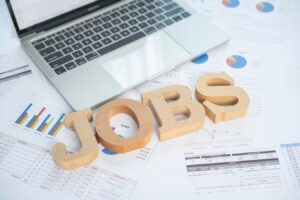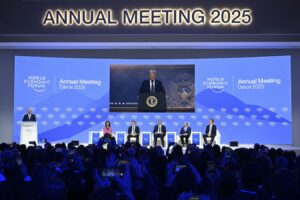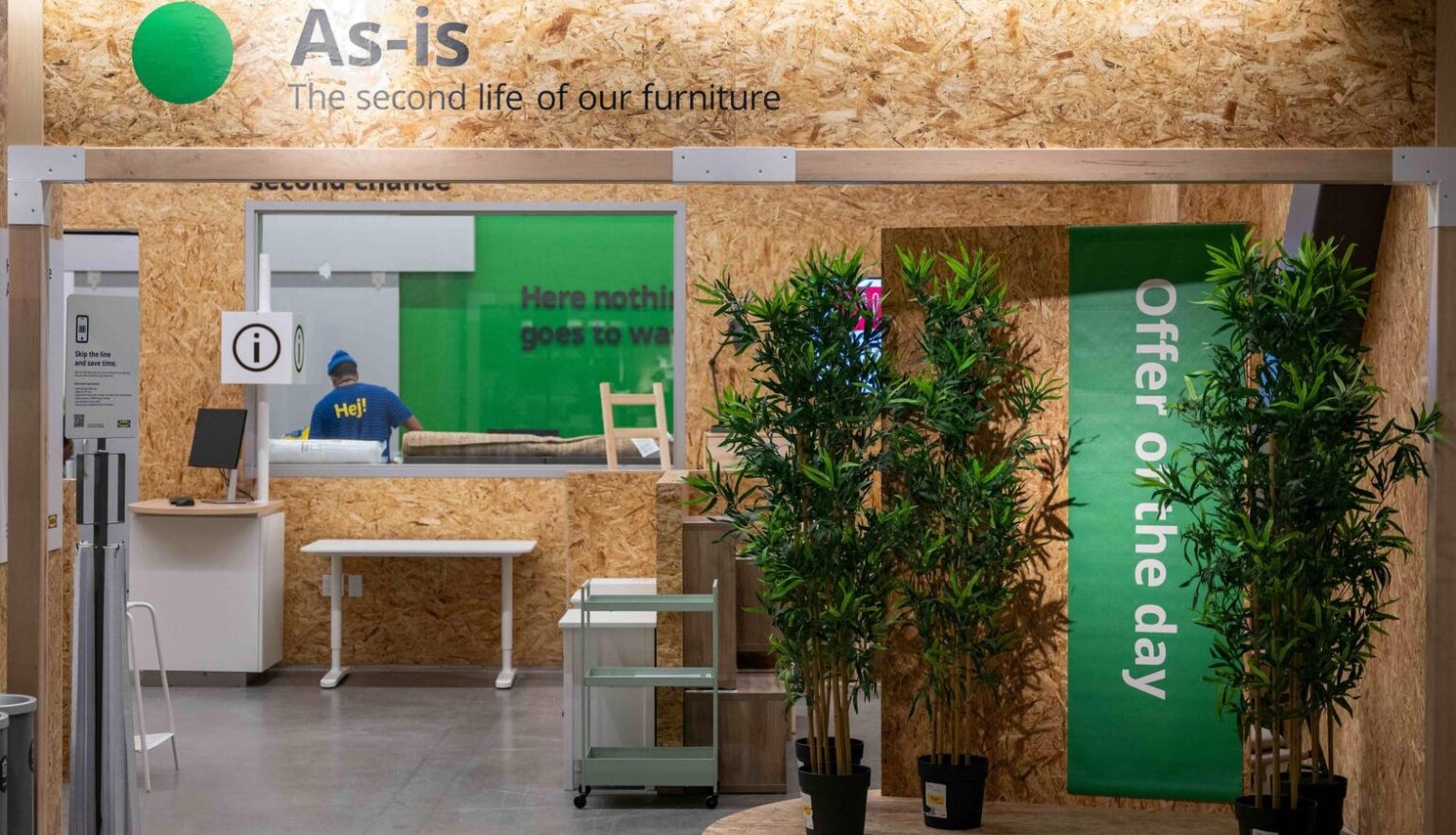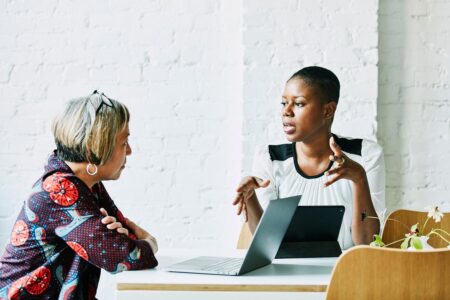The furniture industry faces mounting challenges today. Not only are there rising material costs, but also growing environmental concerns about deforestation and waste are forcing a rethinking of traditional practices. For instance, the US Environmental Protection Agency’s estimates that Americans discard more than 12 million tons of furniture annually. It is clear the industry’s traditional linear model of “take-make-dispose” appears increasingly unsustainable.
IKEA, the world’s largest furniture retailer, with 480 stores in 63 markets globally, is pioneering a different approach. Known for its affordable, functional design and distinctive shopping experience, the Swedish giant has grown from a small mail-order business to a global powerhouse that shapes how millions furnish their homes. But perhaps more importantly, IKEA is now leveraging its scale and influence to transform how furniture is designed, produced, and consumed.
I recently spoke with Mardi Ditze, Country Sustainability Manager for IKEA U.S., about how the company is embedding sustainability and circularity into its core business through thoughtful design choices. We discussed how at IKEA, sustainability isn’t an afterthought, one of the fundamental criteria in their Democratic Design approach. This design-first mindset shapes everything from supplier relationships to manufacturing materials. Their innovative Buy back & resell program, launched in 2022, now operates in most U.S. stores and accepts nearly 3,000 products for resale. Each returned item goes through a detailed evaluation process, prioritizing resale through their “As-is” section, with recycling only as a last resort. From their iconic flatpack design that reduces shipping waste to their support of suppliers’ transition to renewable energy, IKEA is rethinking the entire furniture lifecycle from end to end. Looking ahead, Mardi told me how the company is determined to become fully circular – a transformation that could set new standards for sustainability in an industry traditionally defined by disposability.
Christopher Marquis: Could you give me an introduction to the work that you do and especially your role and responsibilities in the organization that you run?
Mardi Ditze: To answer that, I’m going to step back and go to IKEA of Sweden. Our overarching goals come from there – any climate commitments we have, any programs we have, all of the products we have, that’s where it is centralized. The work itself and goals come to each country, and it’s up to the countries, based on what they have available – what infrastructures are there, what programs, policies, legislation – to navigate all of that to meet those goals.
There’s a nice piece of flexibility in how you’re going to do it, how you’re going to meet the goals. We have global goals, and they take a piece of that and roll it down to the countries. My job in the United States is to take those goals and not only use the global solutions they have like the Buy back & resell program, but also look for ways we can navigate the United States and what is or isn’t available to reach those goals.
I also track how we’re doing toward our goals and how we can get better. Currently I’m in the IKEA Woodbridge store, and we’re having a workshop with them to talk about how they can get better with their operational climate footprint and working with them to understand what’s available to them and how it feeds up to the greater goals.
Marquis: Can you say discuss how sustainability is thought of at an Ikea company-wide level and the importance of strategies such as circularity?
Ditze: The flatpack that we are famous for is something we’re really proud of in terms of our sustainability efforts because it goes a long way toward saving emissions from shipping, toward reducing packaging, toward all of those things. That is an example of one of the global initiatives we have rolled out.
For sustainability generally, it’s thought of from inception of the design. Sustainability is one of the criteria that IKEA uses when thinking about what product we’re going to build. It’s called Democratic Design – there are other components to that, but sustainability is one.
While thinking about that, there’s thought put into who we’re sourcing with, who is the supplier for that particular component, and making sure that the supplier is set up for sustainability success as well. We help them on that journey, thinking about renewable energy and how to get our suppliers turned on to renewable energy. We help them do that so we can look at our supply chain and make sure we’re being responsible in that component as well.
We have an ambition to be a fully circular company, so the circularity piece is worked into the design component, thinking about what the next life of this product is. Circularity is a newer conversation, which means that the process of thinking about circularity in the design is also relatively new and still evolving. That is the forward thinking we have around our products when we’re designing them and bringing them into spaces. In the U.S., this is where the discussion comes about – how do we get fully circular in the U.S. when we don’t have the infrastructure in place yet? That becomes part of the conversation I can have locally about how we do that in the United States.
Marquis: That is very compelling. Let me follow up on a couple things. You mentioned sustainability is part of the design – a lot of times with circularity, people think about this from a recycling perspective “oh, I have this iPhone and maybe I’ll have it refurbished and maybe used again.” But really, like you mentioned, it should be from end to end. That means from where the wood is supplied – I think IKEA owns a lot of forestry resources – all the way through to how it is shipped – like flat pack, to how consumers use it and then end of life. Do you have any examples of that end-to-end idea and how that might impact design?
Ditze: One product we have is a dishware set – the SILVERSIDA tableware line – it’s a plate and a bowl and then a smaller bowl. While it’s not fully circular yet, which isn’t going to happen right out the gate, the components are starting to build up. It’s ceramic, made from the broken ceramic that comes from other ceramic parts, and they pull that ceramic into the manufacturing of that line.
Marquis: Thanks for that. I’m also really interested to know about the ownership structure. I think IKEA is owned by a foundation or has an ownership structure that might be unique in the US but maybe not as unique in Europe. In your day-to-day work, does the fact that IKEA is not a publicly traded company that needs to deliver quarterly results impact your work? Can you think more long term about these values?
Ditze: I love that question – the way this company is structured is like no other company I’ve worked for. Being a purpose-driven company starts with our ownership. We are owned by a foundation with a charitable purpose. This means that no one else owns our assets. Our ownership ensures our independence, long-term view and purpose-driven approach.
This structure impacts many aspects because the retail component is franchised. IKEA U.S. doesn’t take control of the product until it ends up at the loading dock. We don’t technically own it until we have possession of it.
Marquis: When you say franchise, is it a separate P&L that rolls up to the company, or is it actually owned by some US company or person who owns the IKEA brand in the US?
Ditze: The IKEA brand is owned by Inter IKEA Group, which is the worldwide IKEA franchisor. IKEA U.S. sits under Ingka Group (IKEA Retail), one of 12 franchisees that operates IKEA stores and other sales channels under franchise agreements with Inter IKEA.
Marquis: I’d love to get into how your sustainability work impacts the US stores. You mentioned you’re in the Woodbridge store right now. How are you helping them understand the programs you run? How big is the market in the US? I think there are fewer IKEA stores here – they’re more like destinations. So for your Buy Back & resell program, for example, the ease of bringing stuff back to the store might not be as easy as in Sweden or Germany where there might be more stores closer together. I could be totally wrong in that, but please let me know what it’s like in the US.
Ditze: IKEA is a European store and came to the U.S. in the late 80s. You get multinational people that come here because the name is known – IKEA is a globally recognized name and a destination, and you know exactly what you’re going to get. There’s consistency throughout – you can eat here, play here, shop here, or spend a day here. If I go from IKEA Woodbridge to other stores in the world, it’s consistent. As a U.S. citizen living and working here, it feels European. It’s different than going to a Costco or Sam’s Club or Ashley Furniture. It’s a uniquely European IKEA feeling, and that’s what makes it special and stand out from the rest of the furniture retailers.
Marquis: Tell me about the Buy back & resell in the US. How is it rolling out? How big is it and how does the implementation here compare to Europe?
Ditze: The implementation was more challenging in the U.S. than in Europe specifically because each state has different rules and regulations around secondhand goods. You can participate in the Buy back & resell program in any U.S. store except two, and we’re working on getting those final two set up. The program works for IKEA Family members, which is free, and almost 3,000 of our products can be accepted into the program. If you have a product you’re done loving and would like to see in another loved home, go on our website (under “services and support” tab) or bring it into the store. We will give you a value for that product, and then give you a store credit. We’ll take the product from you and evaluate what its next life will be through the IKEA decision-making tree.
Marquis: Could you explain the decision-making tree? In particular, are there any mechanism for items that aren’t saleable? Do you take things and provide some other way to recycle the parts or donate them?
Ditze: First, we have to figure out how we’re going to get that product into our “As-is” section. Does it need spare parts? These are also available to the public – if you have something that just needs a new knob, we can help you there rather than starting over with a new product. The decision tree is about how we’re going to get this piece of furniture into a saleable position and onto the “As-is” section.
Ditze: Sales is our number one priority – that’s where we want it to land. If not that, then what? We look at donation, we look at dismantling for other parts so we can use those parts elsewhere. Recycling is the last option of what we want to do with that product. That is all part of the decision tree.
Marquis: I’m curious what you do about communication with customers when they’re buying products. What messaging helps people be aware of this and think in a more circular way? When I grew up, the idea that you would turn something back was really a foreign type of idea.
Ditze: Part of the reason you’re not as familiar with the program is because it’s relatively new. We rolled it out in 2022. The communication to the customer has been about helping them understand what Buy back & resell is. When you are buying a product that we know is in our almost 3,000 eligible products, we can put a tag on it saying, “this is part of our Buy back & resell program.” That way you can start thinking about what happens when you’re done with it or if it breaks – you can sell it back and get an IKEA store credit for it.
Read the full article here











